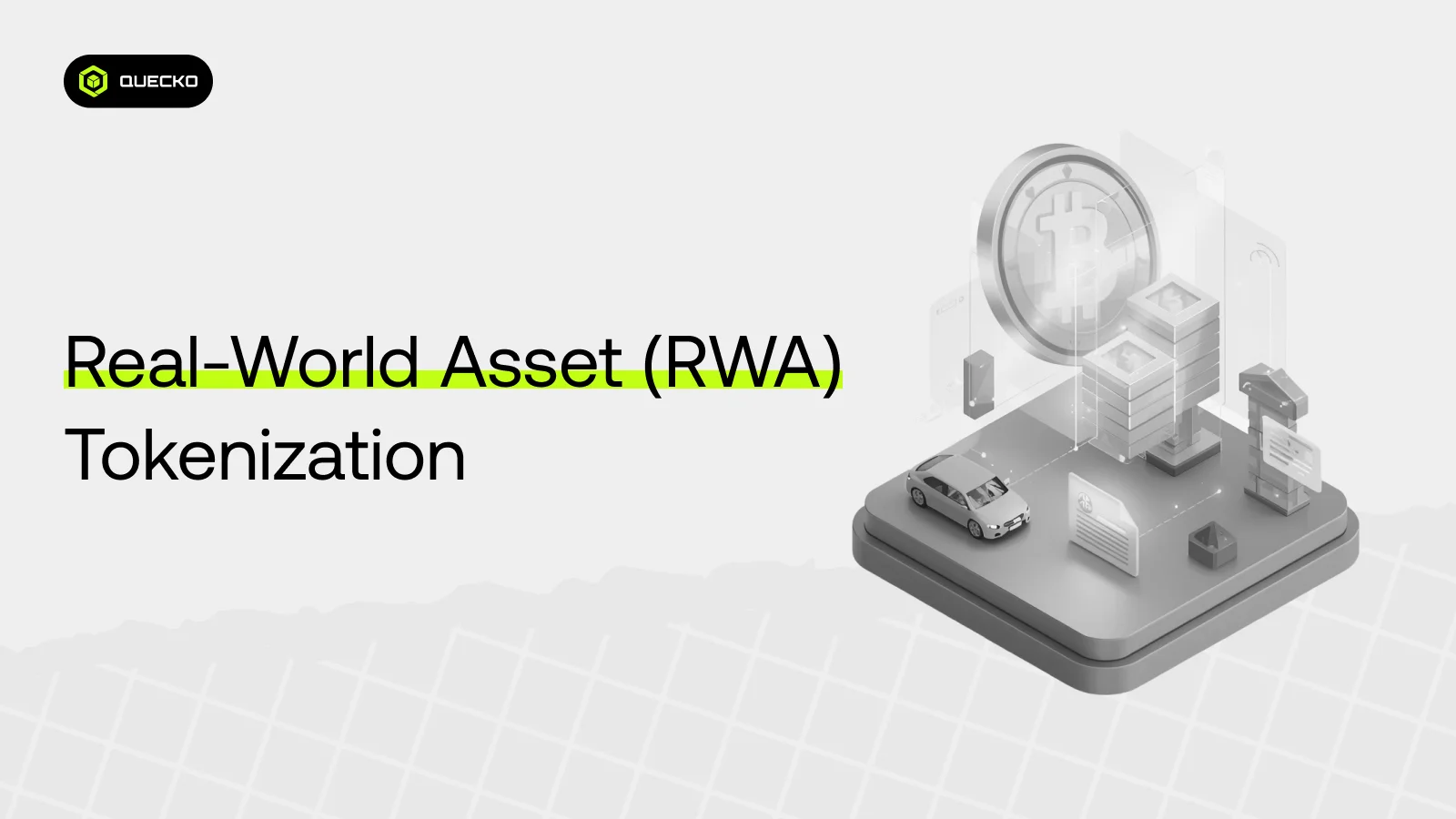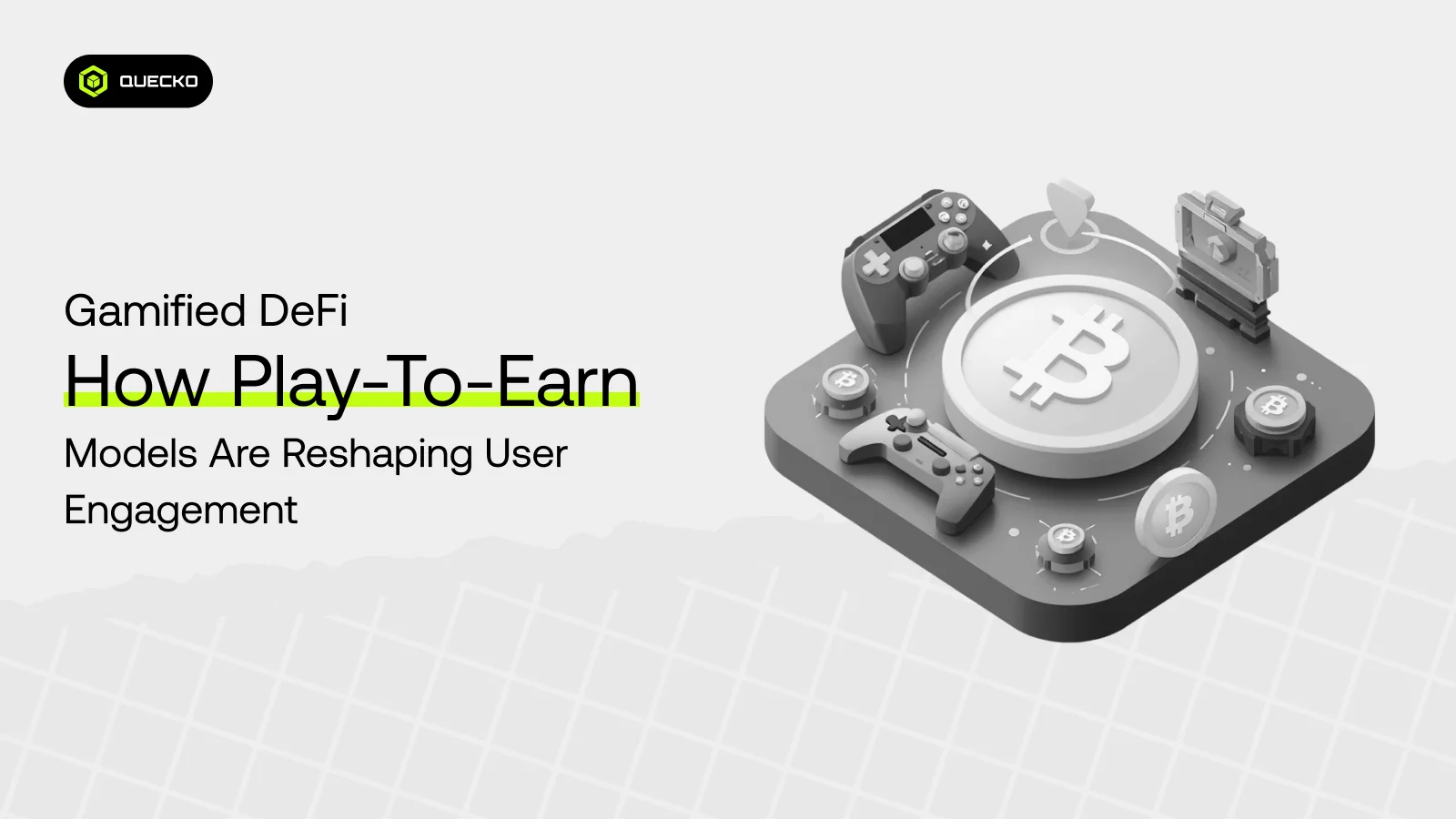The Rise of Modular Blockchains: What Makes Them Different?
Discover the transformative potential of modular blockchains, exploring how their unique architecture offers enhanced scalability, flexibility, and security. Learn what sets them apart in the evolving blockchain landscape.

In the rapidly evolving world of blockchain technology, innovation is the heartbeat driving new solutions and paradigms. One of the most exciting developments in recent years is the emergence of Modular Blockchains, a design approach that promises to redefine scalability, security, and flexibility. But what exactly are modular blockchains, and what sets them apart from traditional monolithic chains? Let’s explore this transformative trend.
What Are Modular Blockchains?
Modular blockchains refer to a novel architectural approach in blockchain technology that emphasizes the separation of core functions into distinct, interchangeable components or modules. Unlike traditional monolithic blockchains, where all functionalities such as consensus, data availability, execution, and settlement are integrated into a single, tightly coupled system; modular blockchains aim to optimize scalability, flexibility, and efficiency by decoupling these layers.
Core Concepts of Modular Blockchains:
- Layered Architecture:
Modular blockchains typically consist of multiple layers, each responsible for a specific aspect of the blockchain’s operation:- Consensus Layer: Handles the agreement mechanism for transaction ordering and finality.
- Data Availability Layer: Ensures that transaction data is accessible and verifiable by all network participants.
- Execution Layer: Executes smart contracts and transaction logic.
- Settlement Layer: Finalizes transactions and maintains the state.
- Interoperability and Flexibility:
By decoupling these functions, developers can upgrade or modify individual modules within blockchain networks without overhauling the entire system. This flexibility allows for the integration of best-in-class technologies and enables blockchain architecture to evolve more rapidly, addressing the limitations of monolithic blockchains and monolithic chains. Such an approach enhances adaptability and scalability across blockchain networks, facilitating seamless updates and technological advancements. - Scalability:
Modular architectures facilitate scaling in ways that monolithic blockchains and monolithic chains struggle with. For instance, blockchain architecture allows execution and consensus to scale independently, and layer-2 solutions can be integrated more seamlessly, reducing bottlenecks and increasing throughput. Additionally, modular designs improve data storage efficiency and flexibility compared to traditional monolithic chains. - Customization and Composability:
Different modules can be tailored for specific use cases, allowing developers to compose blockchain systems optimized for particular applications, whether it’s high transaction throughput, privacy, or specialized data handling.
Advantages of Modular Blockchains:
- Enhanced Scalability: By isolating functions, each layer can be optimized and scaled independently, facilitating blockchain scalability for decentralized applications.
- Improved Security: Specialized consensus and data availability layers, such as those utilizing Data Availability Sampling, can be designed with security features tailored to their roles, strengthening overall network security.
- Greater Innovation: Developers can experiment with different modules within Layer 1 and other layers without risking the stability of the entire network, fostering decentralized applications innovation.
- Cost Efficiency: Modular architectures enable more efficient resource utilization and upgrades, reducing operational costs and supporting sustainable growth in blockchain networks.
Core Components of Modular Blockchains
Modular blockchains are an innovative architectural approach designed to enhance scalability, flexibility, and interoperability by decomposing traditional Monolithic Blockchain Systems into separate, specialized modules. This separation allows each component to be optimized independently, resulting in more adaptable and efficient blockchain networks. The core components of modular blockchains typically include the following:
- Consensus Layer
- Ensures agreement among distributed nodes on the validity of transactions and the state of the blockchain within the Web3 ecosystem, addressing scalability challenges and supporting sovereign chains.
- Data Availability Layer
- Guarantees that transaction data is reliably stored and accessible to all network participants within the Web3 ecosystem, leveraging Shared Security to ensure data integrity and security for DeFi applications.
- Execution Layer
- Handles transaction processing, state transitions, and smart contract execution.
- Settlement Layer
- Finalizes and records the outcome of transactions, ensuring the integrity of the chain’s state, which is essential in blockchain development. It also involves assessing hardware requirements and addressing potential security vulnerabilities to maintain the security of blockchain applications.
- Cross-Layer Communication Protocols
- Facilitate interaction between different modules, such as transferring data or state information securely and efficiently, while considering hardware requirements, ensuring regulatory compliance, supporting decentralized finance, and enabling seamless transaction execution.
- Validator and Staker Management
Manages validator identities, staking procedures, and reward mechanisms, ensuring regulatory compliance and efficient transaction execution across layer 2 blockchains to mitigate issues like State Bloat.
What Makes Modular Blockchains Different?
Modular blockchains represent an innovative approach to blockchain architecture, emphasizing flexibility, scalability, and customization by separating core functions into distinct, interoperable layers. Unlike traditional monolithic blockchains, which bundle all essential components—consensus, data availability, execution, and settlement—into a single, unified system, modular blockchains decompose these functions into separate modules that can be optimized and upgraded independently.
Key Differences Between Modular and Monolithic Blockchains
- Layered Architecture:
- Monolithic Blockchains: Combine consensus, data availability, execution, and settlement within one layer (e.g., Bitcoin, Ethereum 1.0).
- Modular Blockchains: Divide these functions across multiple layers or modules, each specialized and optimized for its purpose (e.g., Layer 1 for consensus, Layer 2 for execution).
- Flexibility and Customization:
- Modular designs allow developers and projects to select or upgrade specific modules without overhauling the entire system. For example, a blockchain can incorporate data sharding to enhance scalability or transaction execution adopt layer 2 blockchains for faster transaction processing. These designs enable flexibility and facilitate parallel processing, ensuring efficient performance. By tailoring components such as execution environments or data availability solutions to their needs, blockchains can optimize their systems while maintaining interoperability and ease of upgrades.
- Scalability:
- By decoupling functions, modular blockchains can scale more efficiently. For instance, data availability can be handled by specialized data layers, while execution occurs on separate modules.
4.Specialization and Optimization:
- Each module can be developed and optimized independently, utilizing best-in-class technologies. This specialization results in more efficient consensus mechanisms, data handling, and execution environments
5.Interoperability and Upgradability:
- Modular architecture facilitates easier upgrades and interoperability between different systems or modules, such as those built with the Cosmos SDK, enabling a more adaptable ecosystem that can evolve rapidly without disrupting existing operations. Techniques like data sharding and the use of light clients further enhance scalability and security within this framework.
Core Modules in a Modular Blockchain
Consensus Layer: Ensures the network agrees on the state of the blockchain. It can employ various mechanisms like proof-of-stake or proof-of-work.
Data Availability Layer: Handles the storage and dissemination of transaction data, ensuring all participants have access to the necessary information.
- Execution Layer: Processes transactions and smart contracts, which can be tailored to specific use cases (e.g., high throughput, privacy).
- Settlement Layer: Finalizes transactions and ensures security and finality.
Benefits of Modular Blockchains
- Enhanced Scalability: By offloading certain functions to specialized modules, systems can handle a higher volume of transactions.
- Improved Security: Modular design allows for independent security upgrades and assessments for each layer.
- Easier Upgrades: Components can be upgraded or replaced without requiring a hard fork, reducing network risk.
- Ecosystem Diversity: Allows for a variety of modules to coexist, fostering innovation and tailored solutions for different applications.
Notable Examples and Projects
Modular blockchains represent an innovative approach to blockchain architecture, emphasizing the separation of core functions; such as consensus, execution, and data availability. Some of the examples are:
- Celestia: A data availability layer designed to work with various execution layers, emphasizing scalability without sacrificing security.
- Polygon (formerly Matic): Moving towards a modular approach with its Polygon SDK, enabling different modules for consensus, execution, and data.
- Ethereum’s Future: Ethereum is actively exploring modularity through its Layer 2 solutions and sharding, aiming to enhance scalability.
The Future of Modular Blockchains: A Comprehensive Overview
The landscape of blockchain technology is rapidly evolving, and one of the most promising developments is the emergence of modular blockchains. Unlike monolithic blockchains, which integrate all core functions—consensus, data availability, execution, and security—into a single protocol, modular blockchains divide these functions into separate, interoperable components. This architectural shift aims to enhance scalability, flexibility, security, and innovation within the blockchain ecosystem.
Core Components of Modular Blockchains
- Consensus Layer: Responsible for establishing agreement among network participants on the state of the blockchain. Modular designs often leverage specialized consensus mechanisms or consensus layers that can be tailored for specific needs.
- Data Availability Layer: Ensures that transaction data is reliably accessible to all participants in monolithic blockchains, which is critical for validating state transitions and preventing data withholding attacks.
- Execution Layer: Handles the processing and validation of transactions, smart contract execution, and state transitions. Modular architectures allow for different execution environments or virtual machines to coexist.
- Settlement and Security Layer: Manages the finality of transactions and enforces security guarantees, often through cryptographic proofs such as zk-SNARKs or recursive SNARKs, while utilizing data sharding to enhance scalability and efficiency.”
Key Drivers Shaping the Future
- Scalability: Modular blockchains enable horizontal scaling by allowing each layer to evolve independently. For instance, the data availability layer can be upgraded separately from the execution layer, facilitating higher throughput without compromising security.
- Interoperability: Modular design promotes interoperability among different chains and layers, fostering an ecosystem where specialized chains can communicate and share data seamlessly.
- Customizability and Flexibility: Developers can tailor each layer according to specific use cases, whether for high-frequency trading, privacy-preserving applications, or enterprise solutions.
- Innovation and Upgradability: Isolating components reduces the complexity of upgrades and enables experimentation with new consensus mechanisms, virtual machines, or cryptographic proofs without overhauling the entire system.
Challenges and Considerations
- Security Trade-offs: Ensuring security across separated layers requires robust cryptographic proofs and incentives. Misalignments can introduce vulnerabilities.
- Complexity and Integration: Building and maintaining interoperable layers demands sophisticated coordination, protocol standards, and tooling.
- Standardization: The ecosystem benefits from emerging standards for interoperability, data formats, and cryptographic proofs, which are still under development.
The Path Forward
The future of modular blockchains hinges on continued innovation in cryptography, consensus algorithm, and interoperability protocols. As these technologies mature, we can expect a proliferation of specialized, scalable, and secure chains that can be combined to form complex, multi-layered ecosystems. This modular approach not only democratizes blockchain development by lowering entry barriers but also accelerates adoption across industries such as finance, supply chain, healthcare, and more.
In summary, modular blockchains represent a paradigm shift that promises to unlock new levels of scalability, flexibility, and resilience. As the ecosystem converges around common standards and best practices, modular architectures are poised to become the backbone of a more interconnected and efficient blockchain future.
Final Thoughts
The rise of modular blockchains signals a paradigm shift in how we design and interact with distributed ledger systems. By separating concerns and optimizing each layer independently, Modular Architecture is poised to unlock new levels of scalability, flexibility, and innovation.
As the ecosystem matures, expect to see more projects adopting modular principles, creating a more interconnected and efficient blockchain landscape for the future.
Date
2 months agoShare on
Related Blogs

How dApps Are Disrupting Traditional App Ecosystems
9 hours ago

The Impact of AI on Blockchain Fraud Detection
4 days ago

Real-World Asset (RWA) tokenization
5 days ago

Gamified DeFi: How Play-to-Earn Models Are Reshaping User Engagement
10 days ago







